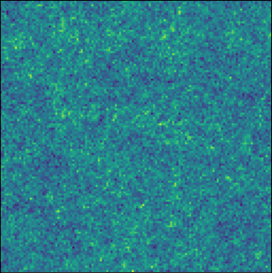Simulation-Based Bayesian Inference for Cosmology
Dark Universe Summer School, Les Houches, July 2025
François Lanusse


slides at eiffl.github.io/talks/LesHouches2025
The limits of traditional cosmological inference
HSC cosmic shear power spectrum
HSC Y1 constraints on $(S_8, \Omega_m)$
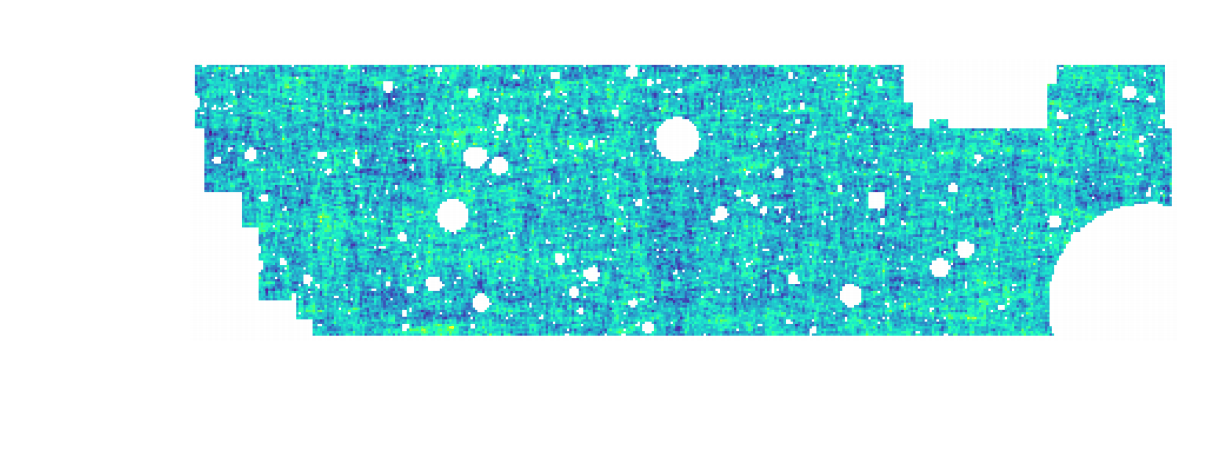
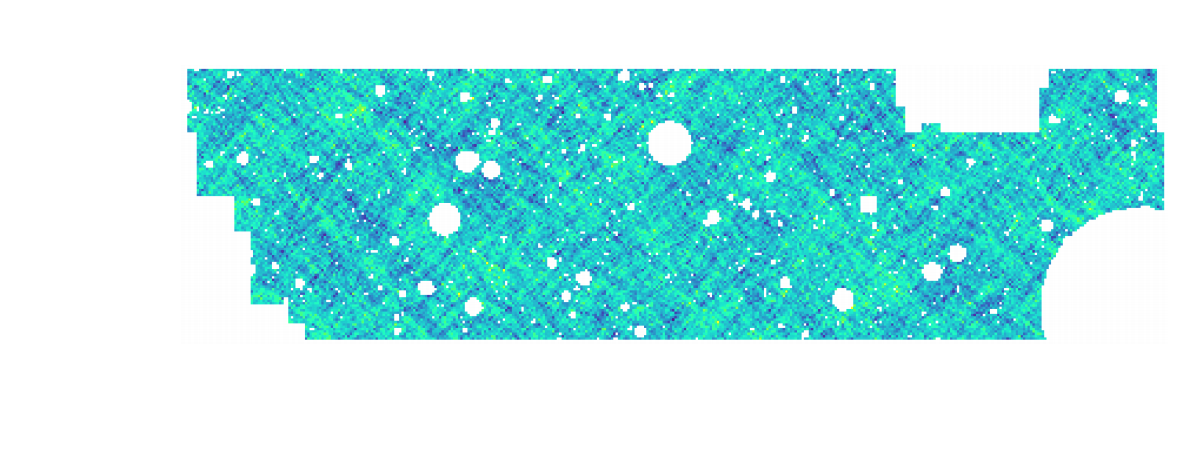

(Hikage et al. 2018)
- Measure the ellipticity $\epsilon = \epsilon_i + \gamma$ of all galaxies
$\Longrightarrow$ Noisy tracer of the weak lensing shear $\gamma$ - Compute summary statistics based on 2pt functions,
e.g. the power spectrum - Run an MCMC to recover a posterior on model parameters, using an analytic likelihood $$ p(\theta | x ) \propto \underbrace{p(x | \theta)}_{\mathrm{likelihood}} \ \underbrace{p(\theta)}_{\mathrm{prior}}$$
Main limitation: the need for an explicit likelihood
We can only compute from theory the likelihood for simple summary statistics and on large scales
$\Longrightarrow$ We are dismissing a significant fraction of the information!
Full-Field Bayesian Inference
- Instead of trying to analytically evaluate the likelihood of
sub-optimal summary statistics, let us build a forward model of the full observables.
$\Longrightarrow$ The simulator becomes the physical model.
Benefits of a forward modeling approach
- Fully exploits the information content of the data (aka "full field inference").
- Easy to incorporate systematic effects.
- Easy to combine multiple cosmological probes by joint simulations.
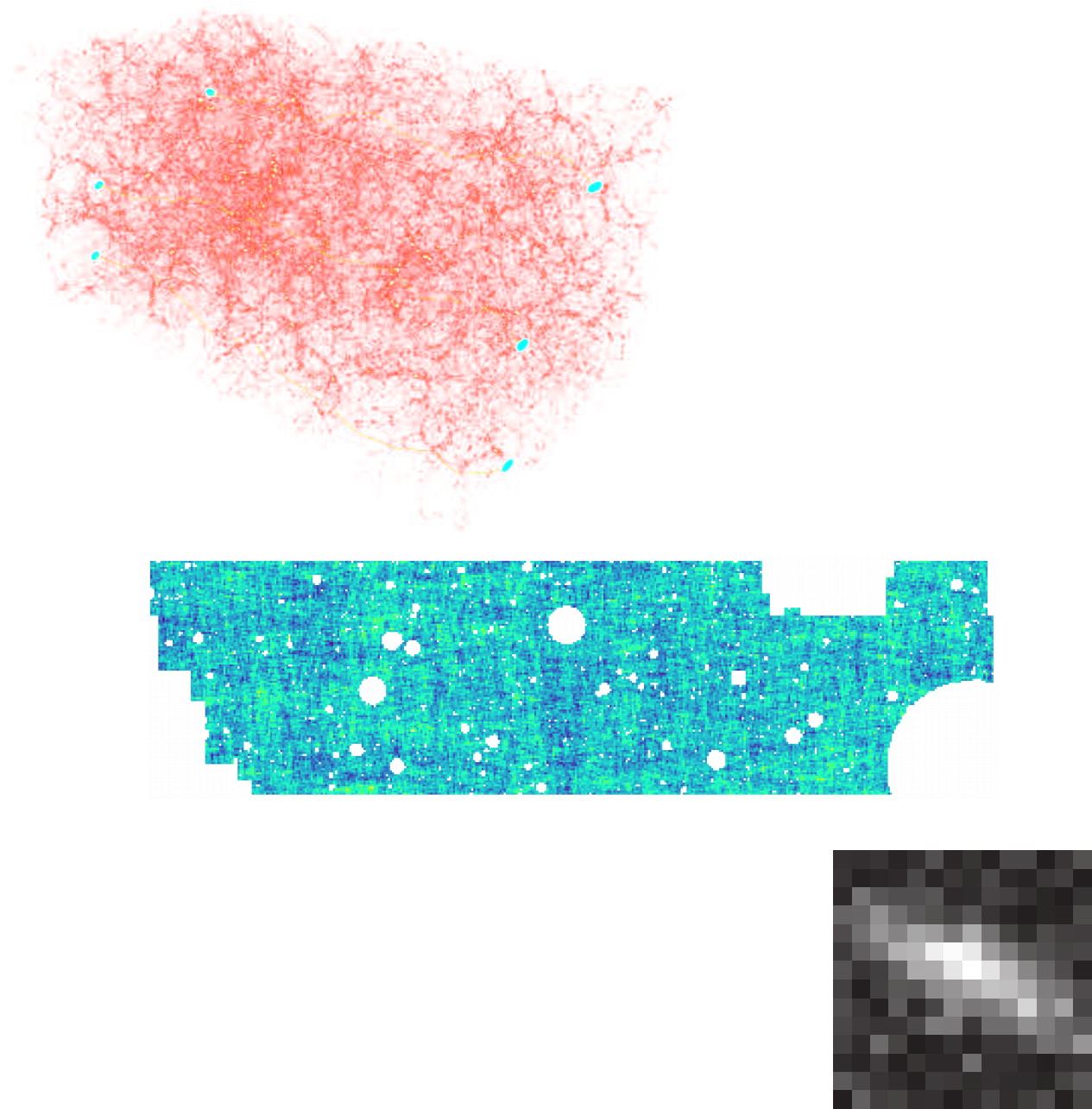
How can we perform Bayesian inference if all we have access to is a simulator?
Learning objectives for this lecture
- Differences and relative benefits between Full-Field Inference, SBI, traditional MCMC, etc...
- Basics of Neural Networks for Density Estimation.
- How Neural Density Estimation enables SBI.
- Practical considerations around deploying SBI for cosmological analyses.
There is More than One Way to Perform Bayesian Inference
Back to the fundamentals
Bayes' theorem
$$\overbrace{p(\theta|d, \mathcal{M})}^{\text{posterior}} = \frac{ \overbrace{p(d|\theta, \mathcal{M})}^{\text{likelihood}} \ \overbrace{p(\theta|\mathcal{M})}^{\text{prior}}}{\underbrace{p(d|\mathcal{M})}_{\text{evidence}}}$$
- The prior is our belief about the model parameters before observing the data.
- The likelihood is the probability distribution of data given particular model parameters $\theta$.
- The posterior is the probability distribution of model parameters given particular data $d$.
$\Longrightarrow$ Classically, we need to be able to evaluate the log posterior $p(\theta|d, \mathcal{M}) \propto \log p(d|\theta, \mathcal{M}) + \log p(\theta|\mathcal{M})$.
Classical Bayesian inference relies on tractable posterior evaluation
Where do likelihoods come from?
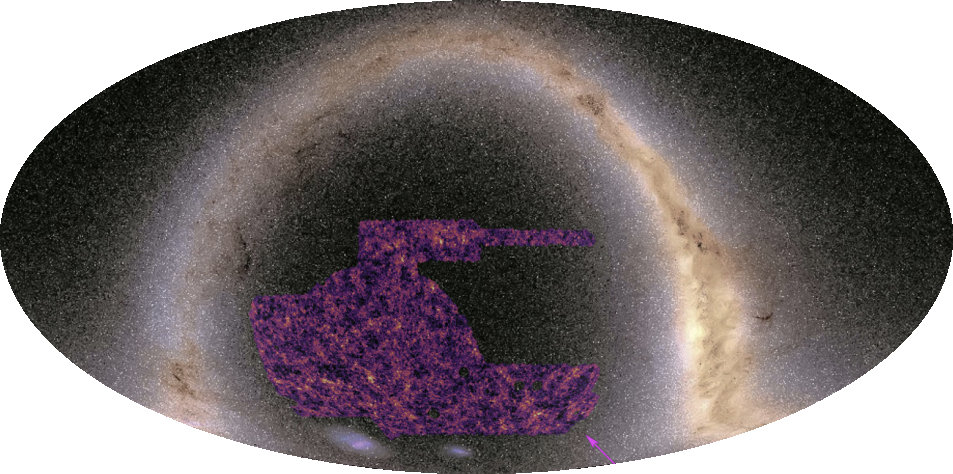
How can I write the likelihood $p(d | \theta)$?
Note: let's ignore masks here for simplicity
- I can represent my map in harmonic space as: $$\kappa(\hat{n}) = \sum_{\ell m} \kappa_{\ell m} Y_{\ell m} (\hat{n})$$
- I can compute the covariance of $\kappa_{\ell m}$ from theory: $$\langle \kappa_{\ell m} \kappa_{\ell' m'} \rangle = C_\ell (\theta) \delta_{\ell \ell'} \delta_{m m'}$$
- If I estimate my angular power spectrum from data with: $$\hat{C}_\ell = \frac{1}{2\ell+1} \sum_{m=-\ell}^{\ell} |\kappa_{\ell m}|^2$$ then by the Central Limit Theorem, for $\ell > 50$: $$ p(\hat{C}_\ell | \theta) \approx \mathcal{N}\left(\hat{C}_\ell ; C_\ell(\theta), \frac{2C_\ell^2(\theta)}{2\ell+1}\right)$$
Inference with a Simulation Model


The Challenge of Simulation-Based Inference
$$ p(x|\theta) = \int p(x, z | \theta) dz = \int p(x | z, \theta) p(z | \theta) dz $$
Where $z$ are stochastic latent variables of the simulator.
$\Longrightarrow$ This marginal likelihood is in general intractable!
$\Longrightarrow$ This marginal likelihood is in general intractable!
Simulators as Hierarchical Bayesian Models

- If we have access to all latent variables $z$ of the simulator, then the joint log likelihood $p(x | z, \theta)$ is explicit.
- We need to infer the joint posterior $p(\theta, z | x)$ before marginalization to
yield $p(\theta | x) = \int p(\theta, z | x) dz$.
$\Longrightarrow$ Extremely difficult problem as $z$ is typically very high-dimensional. - Necessitates inference strategies with access to gradients of the likelihood. $$\frac{d \log p(x | z, \theta)}{d \theta} \quad ; \quad \frac{d \log p(x | z, \theta)}{d z} $$ For instance: Maximum A Posterior estimation, Hamiltonian Monte-Carlo, Variational Inference.
$\Longrightarrow$ This is what we will call Explicit Inference, because we can evaluate $p(x | z, \theta)$ explicitly.
Black-box Simulators Define Implicit Distributions

- A black-box simulator defines $p(x | \theta)$ as an implicit distribution, you can sample from it but you cannot evaluate it.
- Key Idea: Use a parametric distribution model $\mathbb{P}_\phi$ to approximate the implicit distribution $\mathbb{P}$.

True $\mathbb{P}$

Samples $x_i \sim \mathbb{P}$

Model $\mathbb{P}_\varphi$
- Once trained, you can typically sample from $\mathbb{P}_\phi$ and/or evaluate the likelihood $p_\phi(x | \theta)$.
How to perform inference over forward simulation models?
- Implicit Inference: Treat the simulator as a black-box with only the ability to sample from the joint distribution
$$(x, \theta) \sim p(x, \theta)$$
a.k.a.
- Simulation-Based Inference (SBI)
- Likelihood-free inference (LFI)
- Approximate Bayesian Computation (ABC)
- Explicit Inference: Treat the simulator as a probabilistic model and perform inference over the joint posterior
$$p(\theta, z | x) \propto p(x | z, \theta) p(z, \theta) p(\theta) $$
a.k.a.
- Bayesian Hierarchical Modeling (BHM)
$\Longrightarrow$ For a given simulation model, both methods should converge to the same posterior!
Neural Density Estimation
The key to manipulating Implicit Distributions
What is a neural network?
Simplest architecture: Multilayer Perceptron (MLP)
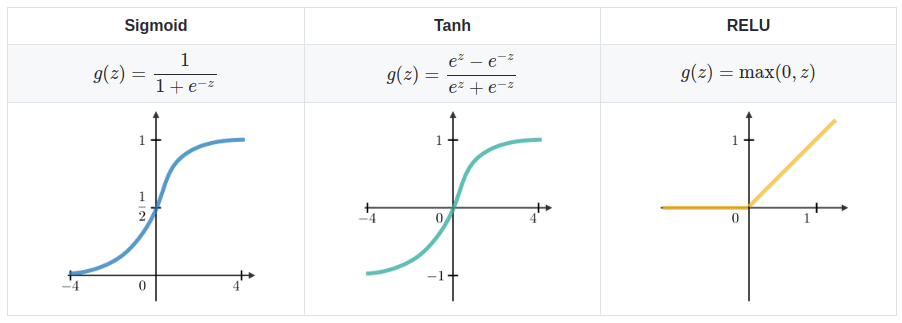
- Series of Dense a.k.a Fully connected layers:
$$ h = \sigma(W x + b)$$
where:
- $\sigma$ is the activation function (e.g. ReLU, Sigmoid, etc.)
- $W$ is a multiplicative weight matrix
- $b$ is an additive bias parameter
- This defines a parametric non-linear function $f_\theta(x)$
- MLPs are universal function approximators
Nota bene: only asymptotically true!
How do you use it to approximate functions?
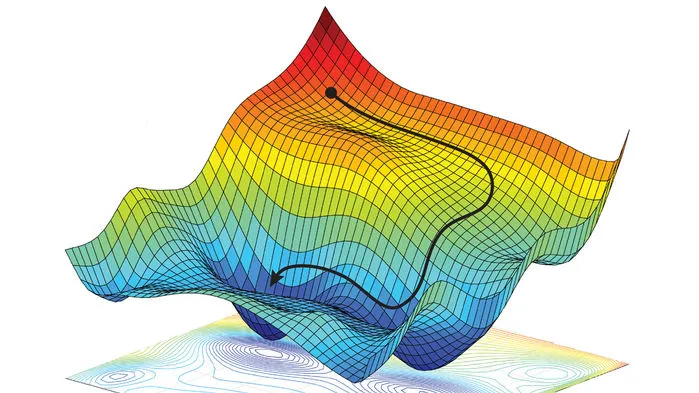
- Assume a loss function that should be small for good approximations on a training set of data points $(x_i, y_i)$ $$ \mathcal{L} = \sum_{i} ( y_i - f_\theta(x_i))^2 $$
- Optimize the parameters $\theta$ to minimize the loss function by gradient descent $$ \theta_{t+1} = \theta_t - \eta \nabla_\theta \mathcal{L} $$
The task at hand: Density Estimation
- The goal of density estimation is to estimate an implicit distribution $\mathbb{P}$ from which a training set $X = \{x_0, x_1, \ldots, x_n \}$ is drawn.
- Usually, this means building a parametric model $\mathbb{P}_\phi$ that tries to be close to $\mathbb{P}$.

True $\mathbb{P}$

Samples $x_i \sim \mathbb{P}$

Model $\mathbb{P}_\phi$
- How do we do this?
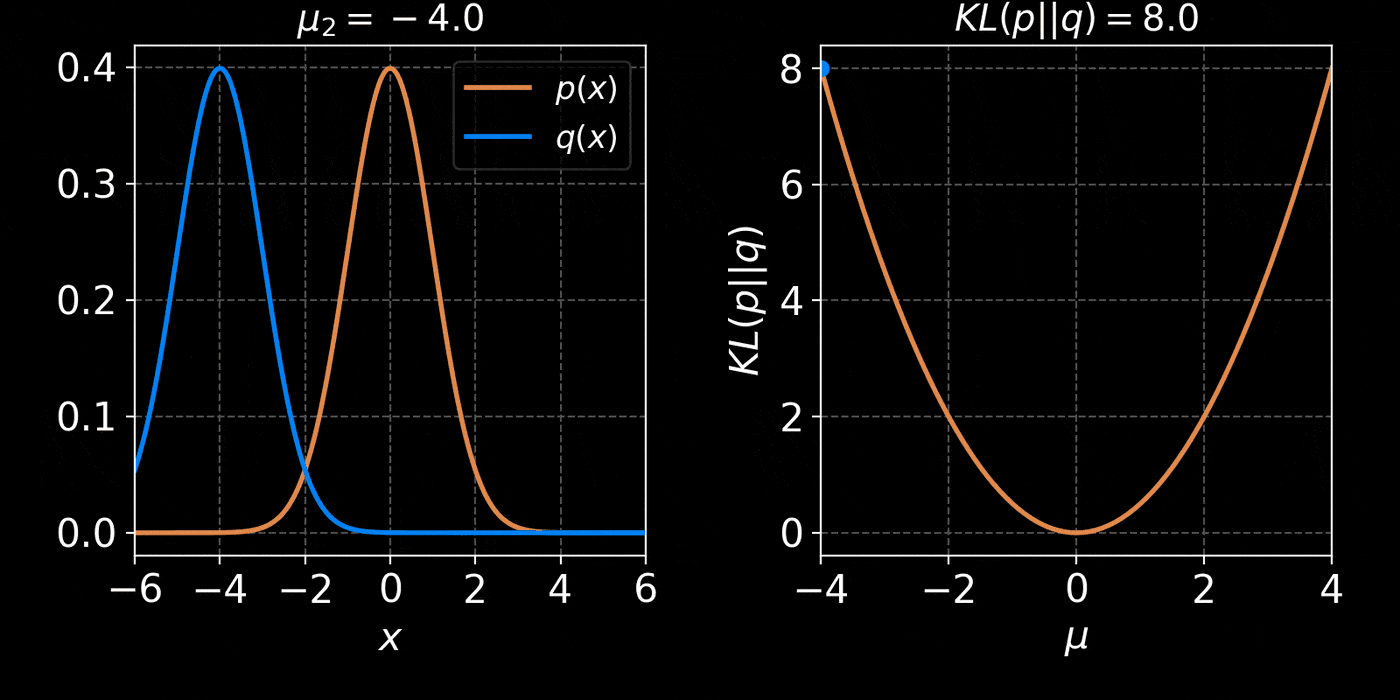 The Kullback-Leibler divergence:
\begin{align}
D_{KL}(p||q_\phi) &= \mathbb{E}_{x \sim p(x)} \left[ \log \frac{p(x)}{q_\phi(x)} \right] \\ \\
&= - \mathbb{E}_{x \sim p(x)} \left[ \log q_\phi(x) \right] + \underbrace{H(p)}_{\text{const}}
\end{align}
The Kullback-Leibler divergence:
\begin{align}
D_{KL}(p||q_\phi) &= \mathbb{E}_{x \sim p(x)} \left[ \log \frac{p(x)}{q_\phi(x)} \right] \\ \\
&= - \mathbb{E}_{x \sim p(x)} \left[ \log q_\phi(x) \right] + \underbrace{H(p)}_{\text{const}}
\end{align}
- Step I: We need a parametric density model $q_\phi(x)$
Simplest possible model, a parametric Gaussian: $$ q_\phi(x) = \mathcal{N}(x ; \mu, \Sigma) $$ with parameters $\phi = \{\mu, \Sigma\}$ - Step II: We need a tool to compare distributions
- Step III: We optimize the parameters $\phi$ to minimize the NLL over a training set $X = \{x_1, x_2, \ldots, x_N\} \sim \mathbb{P}$ : $$ \mathcal{L}(\phi) = - \frac{1}{N} \sum_{i=1}^N \log q_\phi(x_i) $$ $\Longrightarrow$ This will minimize the KL divergence and fit the model to the data.
Your goto NDE in low dimensions (<100): The Normalizing Flows
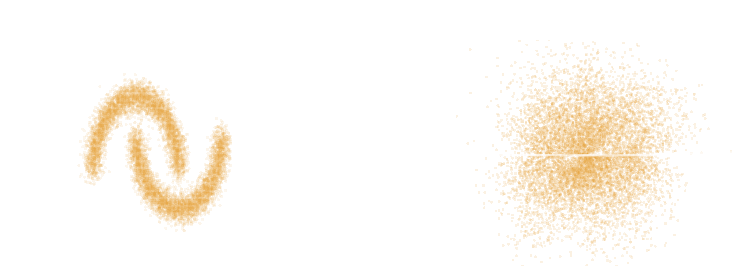

Dinh et al. 2016
Normalizing Flows
- Assumes a bijective mapping between data space $x$ and latent space $z$ with known $p(z)$: $$ z = f_{\theta} ( x ) \qquad \mbox{and} \qquad x = f^{-1}_{\theta}(z)$$
- Admits an explicit marginal likelihood: $$ \log p_\theta(x) = \log p(z) + \log \left| \frac{\partial f_\theta}{\partial x} \right|(x) $$
$\Longrightarrow$ The challenge is in designing mappings $f_\theta$ that are both:
easy to invert, easy to compute the jacobian of.
One example of NF: RealNVP

Jacobian of an affine coupling layer
In a standard affine RealNVP, one Flow layer is defined as:
$$ \begin{matrix} y_{1\ldots d} &=& x_{1 \ldots d} \\
y_{d+1\ldots N} &=& x_{d+1 \ldots N} ⊙ \sigma_\theta(x_{1 \ldots d}) + \mu_\theta(x_{1 \ldots d})
\end{matrix} $$
where $\sigma_\theta$ and $\mu_\theta$ are unconstrained neural networks.
We will call this layer an affine coupling.
We will call this layer an affine coupling.
$\Longrightarrow$ This structure has the advantage that the Jacobian of this layer will be lower triangular which makes computing its determinant easy.
Your Turn!
You can take a look at this notebook to implement a Normalizing Flow in JAX+Flax+TensorFlow Probability
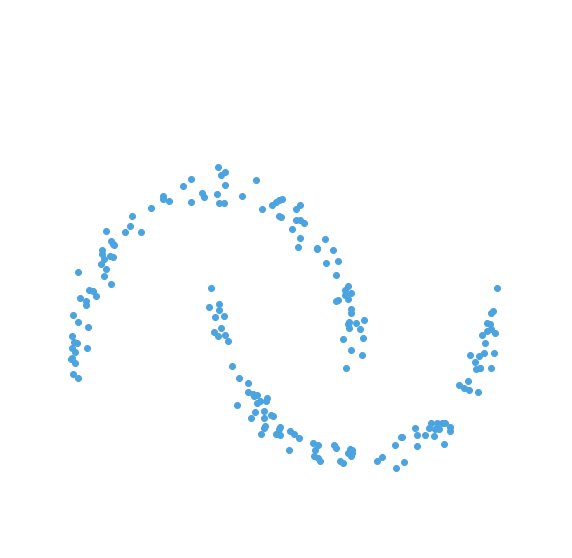
Implicit Inference
Black-box Simulators Define Implicit Distributions

- A black-box simulator defines $p(x | \theta)$ as an implicit distribution, you can sample from it but you cannot evaluate it.
- This gives us a procedure to sample from the Bayesian joint distribution $p(x, \theta)$: $$(x, \theta) \sim p(x | \theta) \ p(\theta)$$
- Key Idea: Use a parametric distribution model to approximate an implicit distribution.
- Neural Likelihood Estimation: $\mathcal{L} = - \mathbb{E}_{(x,\theta)}\left[ \log p_\phi( x | \theta ) \right] $
- Neural Posterior Estimation: $\mathcal{L} = - \mathbb{E}_{(x,\theta)}\left[ \log p_\phi( \theta | x ) \right] $
- Neural Ratio Estimation: $\mathcal{L} = - \mathbb{E}_{\begin{matrix} (x,\theta)~p(x,\theta) \\ \ \theta^\prime \sim p(\theta) \end{matrix}} \left[ \log r_\phi(x,\theta) + \log(1 - r_\phi(x, \theta^\prime)) \right] $
A closer look at Neural Posterior Estimation (NPE)
- Building conditional neural density estimators $q_\phi(\theta | x)$ to approximate the posterior
![]()
Bishop (1994)
- Bounding the KL divergence between true and approximate posterior
$$D_{KL}(p(x | y) ||q_\phi(x | y)) = \mathbb{E}_{x \sim p(x |y)} \left[ \log \frac{p(x | y)}{q_\phi(x | y)} \right] \geq 0 $$$$ \leq \mathbb{E}_{y \sim p(y)} \mathbb{E}_{x \sim p(x |y)} \left[ \log \frac{p(x | y)}{q_\phi(x | y)} \right] $$$$ \leq \boxed{ \mathbb{E}_{(y,x) \sim p(y, x)} \left[ - \log q_\phi(x | y) \right] } + cst $$
$\Longrightarrow$ Minimizing the Negative Log Likelihood (NLL) over the joint distribution $p(x, y)$ leads to minimizing the KL divergence between the model posterior $q_{\phi}(x|y)$ and true posterior $p(x | y)$.
The NPE recipe
- I assume a forward model of the observations: \begin{equation} p( x ) = p(x | \theta) \ p(\theta) \nonumber \end{equation} All I ask is the ability to sample from the model, to obtain $\mathcal{D} = \{x_i, \theta_i \}_{i\in \mathbb{N}}$
- I am going to assume $q_\phi(\theta | x)$ a parametric conditional density
- Optimize the parameters $\phi$ of $q_{\phi}$ according to \begin{equation} \min\limits_{\phi} \sum\limits_{i} - \log q_{\phi}(\theta_i | x_i) \nonumber \end{equation} In the limit of large number of samples and sufficient flexibility \begin{equation} \boxed{q_{\phi^\ast}(\theta | x) \approx p(\theta | x)} \nonumber \end{equation}
$\Longrightarrow$ One can asymptotically recover the posterior by
optimizing a parametric estimator over
the Bayesian joint distribution
the Bayesian joint distribution
$\Longrightarrow$ One can asymptotically recover the posterior by
optimizing a Deep Neural Network over
a simulated training set.
a simulated training set.
A variety of algorithms

A few important points:
- Amortized inference methods, which estimate $p(\theta | x)$, can greatly speed up posterior estimation once trained.
- Sequential SBI algorithms can actively sample simulations needed to refine the inference.
Checkout this excellent package: https://www.mackelab.org/sbi
A Practical Recipe for Careful Simulation-Based Inference
Estimating conditional densities
in high dimensions is hard...
To be more robust, you can decompose the problem into two tasks:
- Step I - Dimensionality Reduction: Compress your observables $x$ to a low dimensional summary statistic $y$
![]()
- Step II - Conditional Density Estimation: Estimate the posterior $p(\theta | y)$ using SBI from the low dimensional summary statistic $y$.
The Case for Dimensionality Reduction
- In the case of Neural Posterior Estimation
![]()
![]() $p(\theta | x)$$\Longrightarrow$ Dimensionality reduction already happens implicitly in the network.
$p(\theta | x)$$\Longrightarrow$ Dimensionality reduction already happens implicitly in the network. - In the case of Neural Likelihood Estimation
![]() $x \sim p(x|\theta)$
$x \sim p(x|\theta)$
![]() $\theta$$\Longrightarrow$ This is equivalent to learning a perfect emulator for the high-dimensional outputs of your numerical simulator.
$\theta$$\Longrightarrow$ This is equivalent to learning a perfect emulator for the high-dimensional outputs of your numerical simulator.
How can we lower the dimensionality of the problem without degrading our constraining power?
Automated Neural Summarization

- Introduce a parametric function $f_\varphi$ to reduce the dimensionality of the data while preserving information.
Information point of view
- Summary statistics $y$ is sufficient for $\theta$ if $$ I(Y; \Theta) = I(X; \Theta) \Leftrightarrow p(\theta | x ) = p(\theta | y) $$
- Variational Mutual Information Maximization $$ \mathcal{L} \ = \ \mathbb{E}_{x, \theta} [ \log q_\phi(\theta | y=f_\varphi(x)) ] \leq I(Y; \Theta) $$ (Barber & Agakov variational lower bound)
Another Approach: maximizing the Fisher information
 Information Maximization Neural Network (IMNN)
$$\mathcal{L} \ = \ - | \det \mathbf{F} | \ \mbox{with} \ \mathbf{F}_{\alpha, \beta} = tr[ \mu_{\alpha}^t C^{-1} \mu_{\beta} ] $$
Information Maximization Neural Network (IMNN)
$$\mathcal{L} \ = \ - | \det \mathbf{F} | \ \mbox{with} \ \mathbf{F}_{\alpha, \beta} = tr[ \mu_{\alpha}^t C^{-1} \mu_{\beta} ] $$
Conventional Recipe for Full-Field Implicit Inference...

A two-steps approach to Implicit Inference
- Automatically learn an optimal low-dimensional summary statistic $$y = f_\varphi(x) $$
- Use Neural Density Estimation to either:
- build an estimate $p_\phi$ of the likelihood function $p(y \ | \ \theta)$ (Neural Likelihood Estimation)
- build an estimate $p_\phi$ of the posterior distribution $p(\theta \ | \ y)$ (Neural Posterior Estimation)
Validation on log-normal lensing simulations

DifferentiableUniverseInitiative/sbi_lens
JAX-based log-normal lensing simulation package

- 10x10 deg$^2$ maps at LSST Y10 quality, conditioning the log-normal shift parameter on $(\Omega_m, \sigma_8, w_0)$
- Infer full-field posterior on cosmology:
- explicitly using an Hamiltonian-Monte Carlo (NUTS) sampler
- implicitly using a learned summary statistics and conditional density estimation.

Note: not all compression techniques are equivalent!

- Comparison to posteriors obtained with same neural compression architecture, but different loss function: $$\mathcal{L}_{MSE} = \mathbb{E}_{(x,\theta)} || f_\varphi(x) - \theta ||_2^2 $$

How can I build efficient and robust SBI analyses?
A neural network will try to answer
the question you ask.
A Simple Strategy to Evaluate Epistemic Errors: Ensembles of NDEs


Verifying Proper Coverage


Applications
Our humble beginnings: Likelihood-Free Parameter Inference with DES SV...
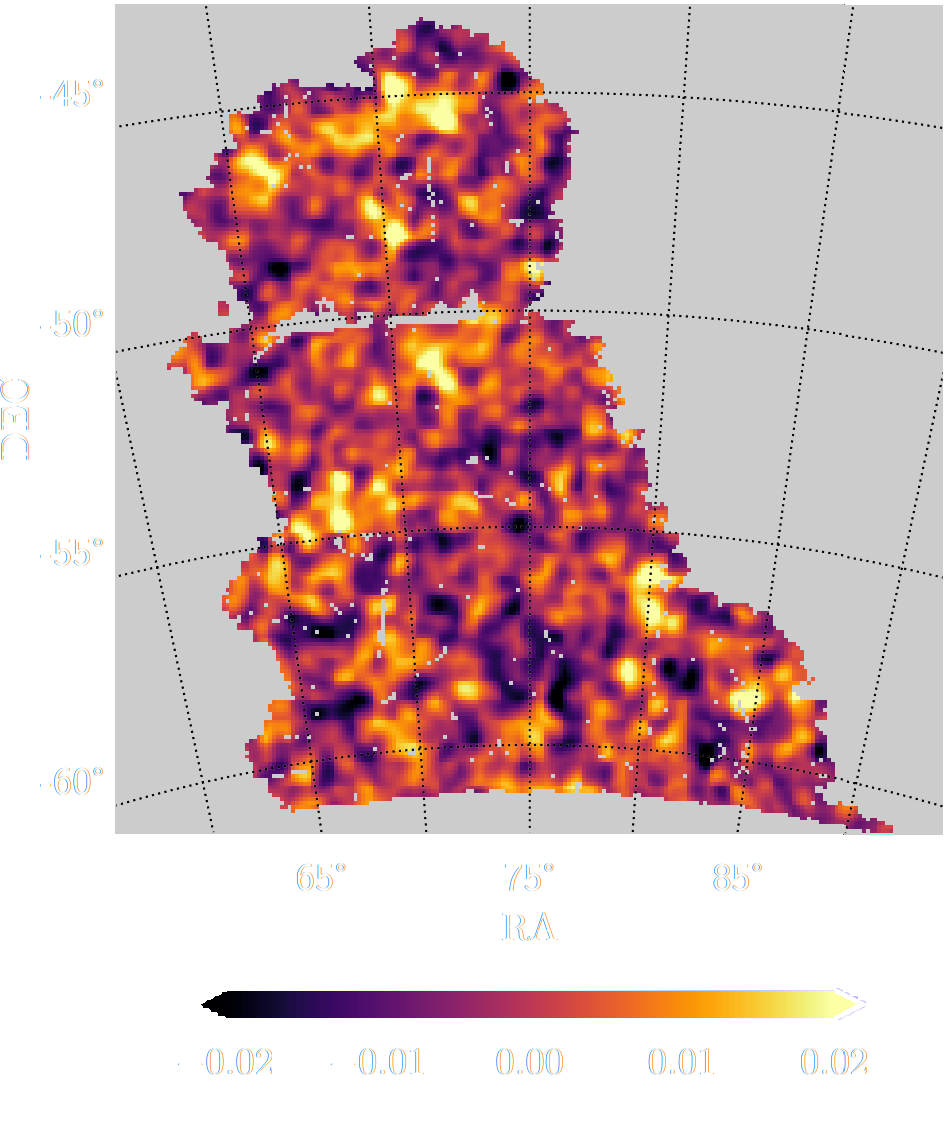

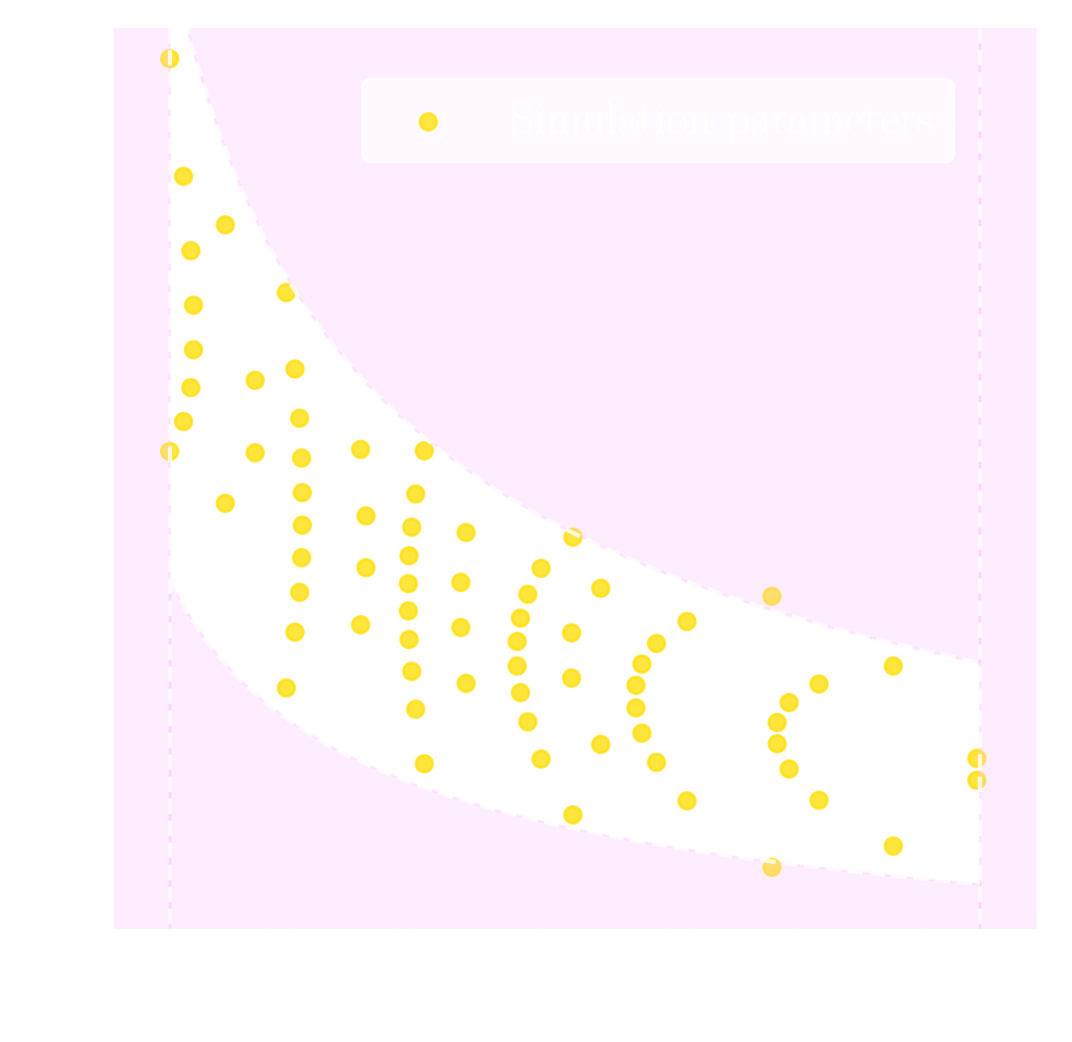
Suite of N-body + raytracing simulations: $\mathcal{D}$

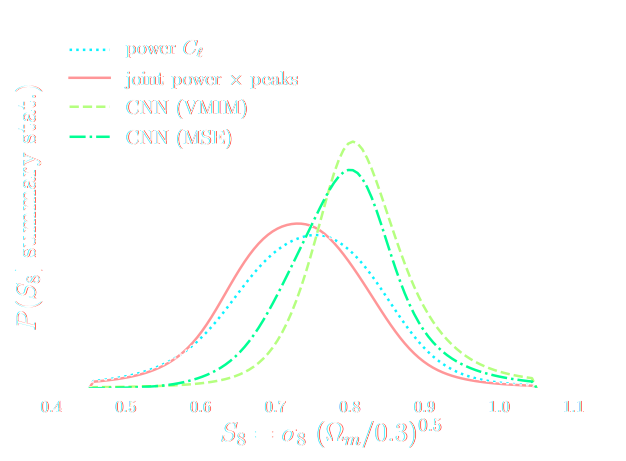
$w$CDM analysis of KiDS-1000 Weak Lensing (Fluri et al. 2022)
KiDS-1000 footprint and simulated data
![]()
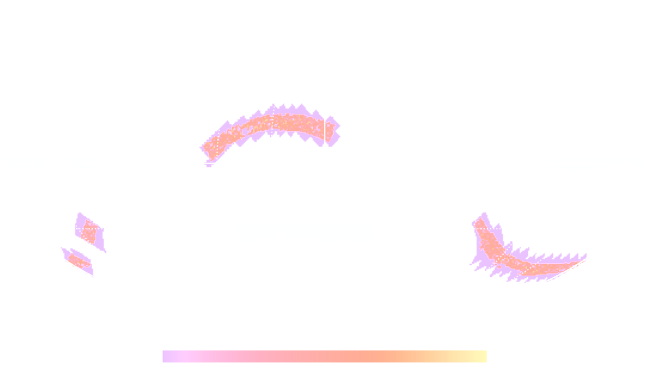
- Neural Compressor: Graph Convolutional Neural Network on the Sphere
Trained by Fisher information maximization.
SIMBIG: Field-level SBI of Large Scale Structure (Lemos et al. 2023)
BOSS CMASS galaxy sample: Data vs Simulations
- 20,000 simulated galaxy samples at 2,000 cosmologies

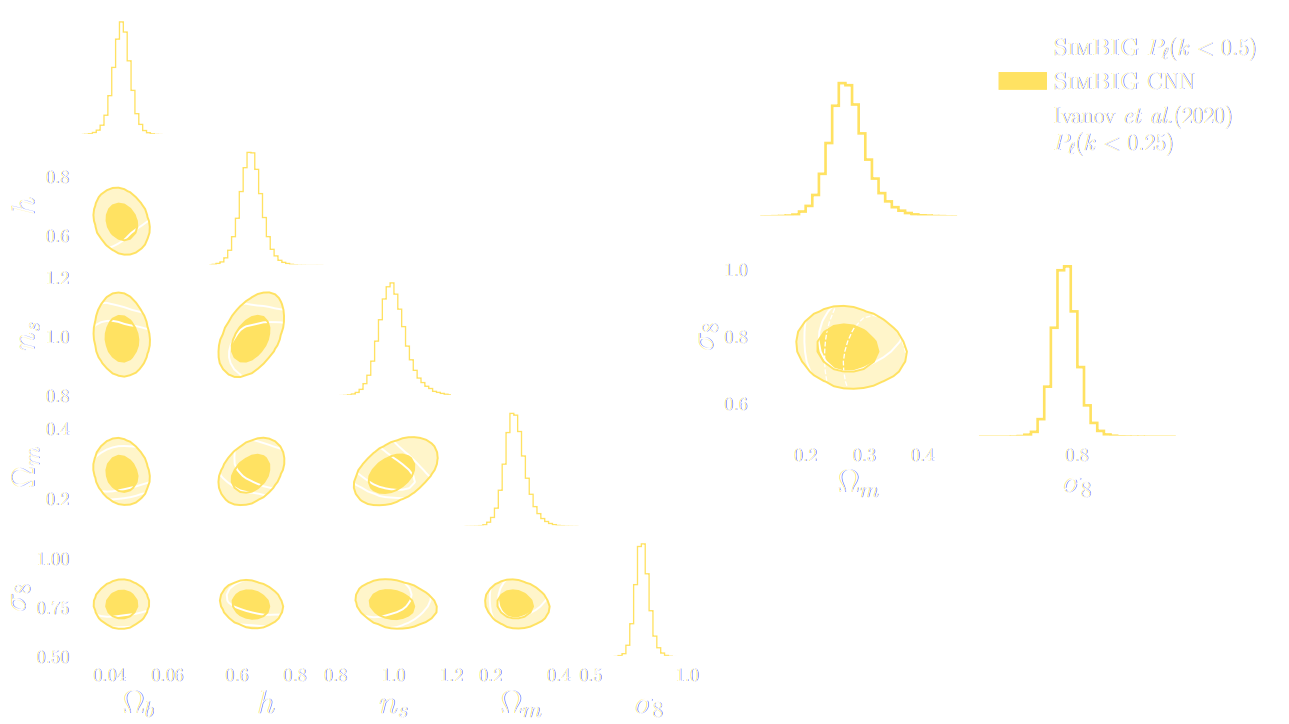
Finally, SBI has reached the mainstream: Official DES year 3 SBI wCDM results
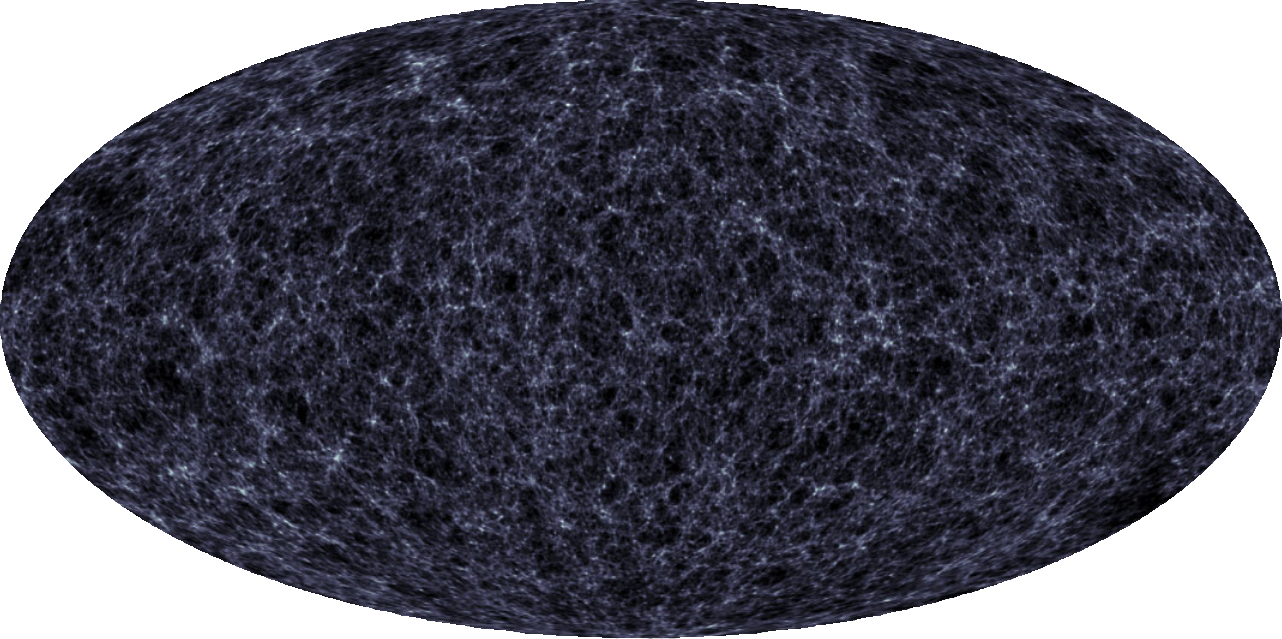

Can we just retire all conventional likelihood-based analyses?
Example of unforeseen impact of shortcuts in simulations
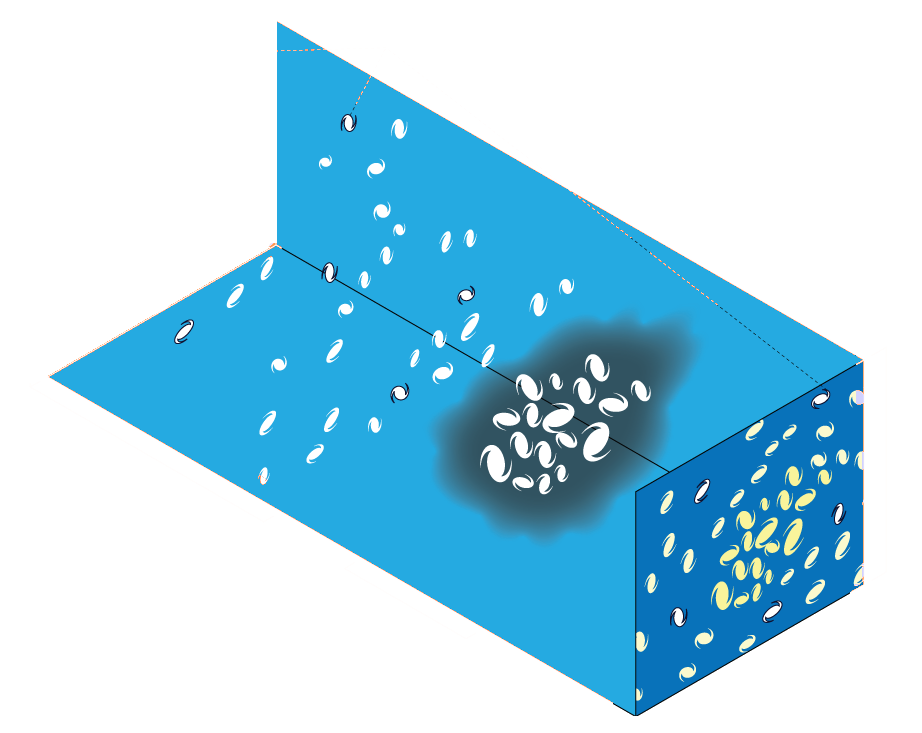
Is it ok to distribute lensing source galaxies randomly in simulations, or should they be clustered?
$\Longrightarrow$ An SBI analysis could be biased by this effect and you would never know it!
How much usable information is there beyond the power spectrum?
$\Longrightarrow$ Can we find non-Gaussian information that is not affected by baryons?
takeways
-
SBI automatizes inference over
numerical simulators.
- Turns both summary extraction and inference problems into an optimization problems
- Deep learning allows us to solve that problem!
-
In the context of upcoming surveys, this techniques provides
many advantages:
- Amortized inference: near instantaneous parameter inference, extremely useful for time-domain.
- Optimal information extraction: no longer need for restrictive modeling assumptions needed to obtain tractable likelihoods.
Will we be able to exploit all of the information content of
LSST, Euclid, DESI?
$\Longrightarrow$ Not rightaway, but it is not the fault of Deep
Learning!
- Deep Learning has redefined the limits of our statistical tools, creating additional demand on the accuracy of simulations far beyond the power spectrum.
- Neural compression methods have the downside of being opaque. It is much harder to detect unknown systematics.
- We will need a significant number of large volume, high resolution simulations.
Extra slides: Examples of other applications
Example of application: Constraining Dark Matter Substructures

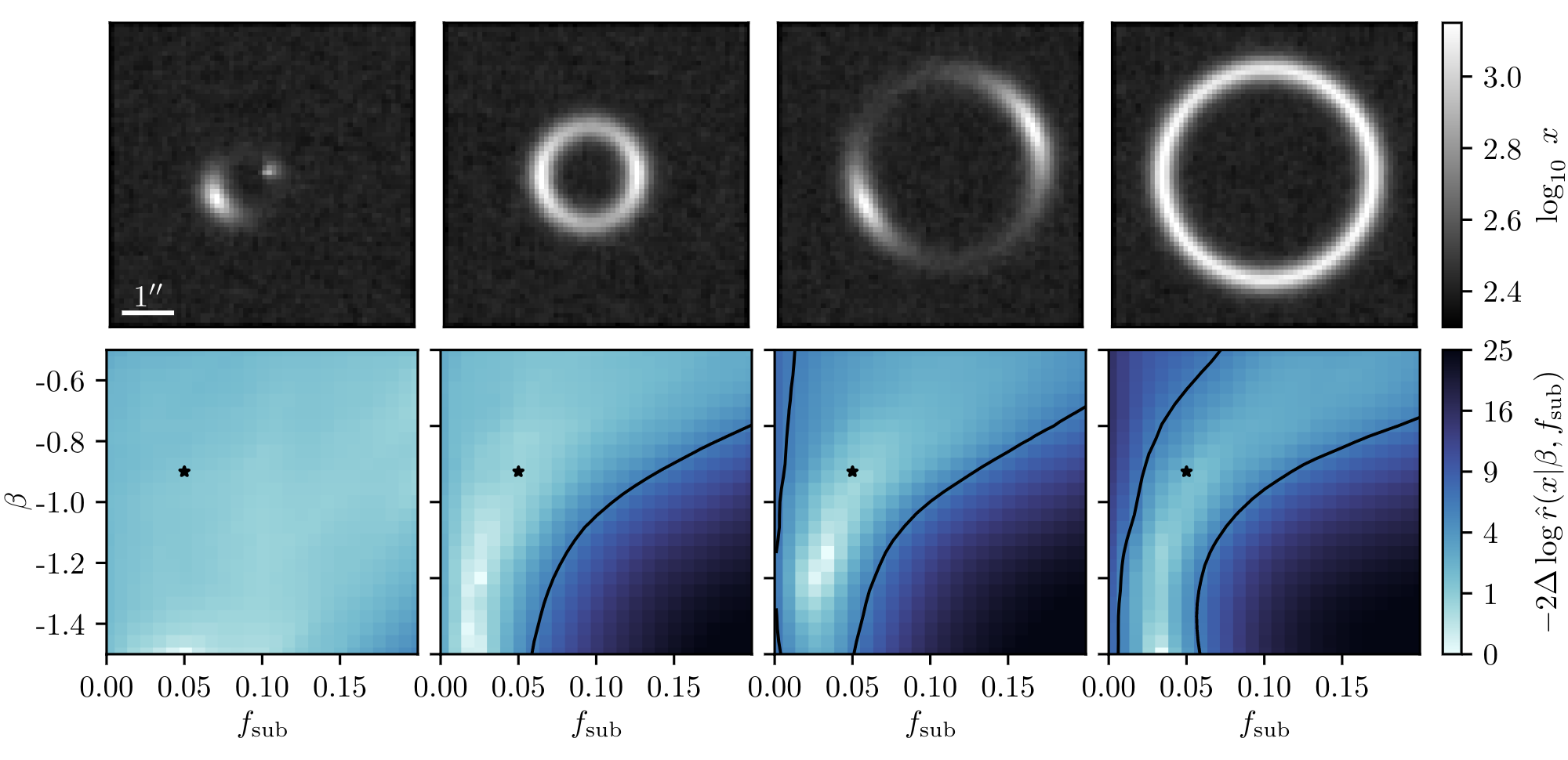
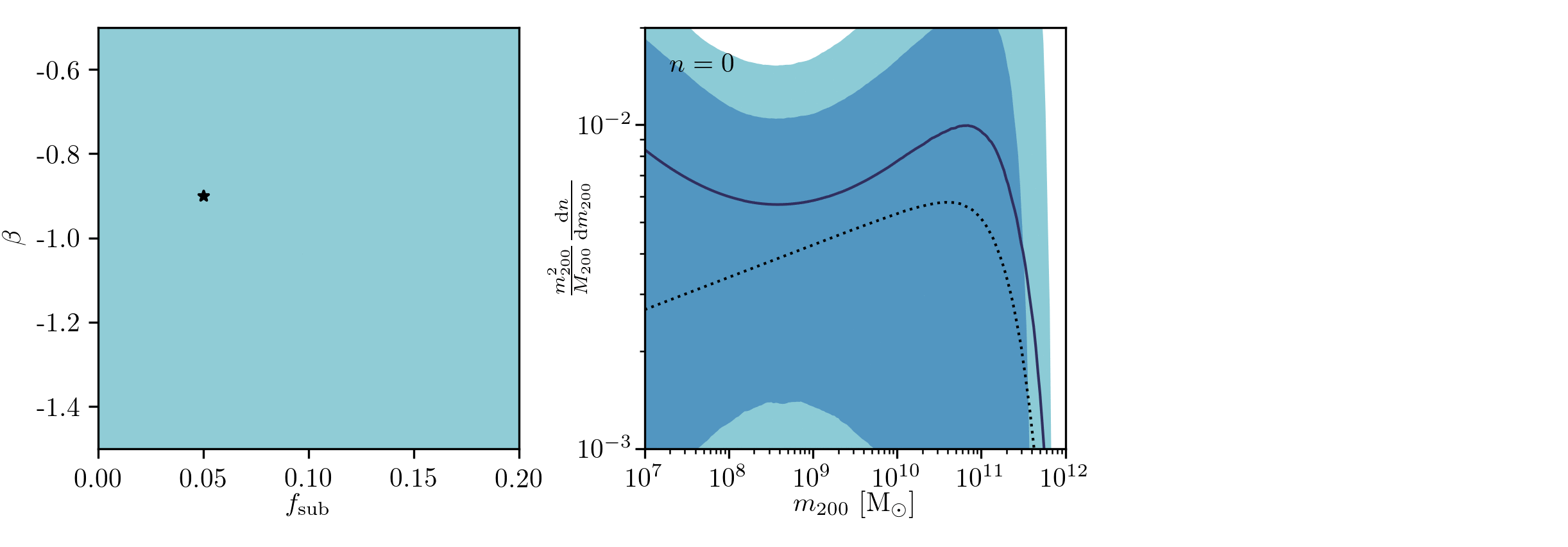
Example of application: Infering Microlensing Event Parameters

